- Essential Tips for Growing Verbeinum in Your Garden
- 1. Choose the Right Location
- 2. Prepare the Soil
- 3. Planting Verbeinum
- 4. Watering and Fertilizing
- 5. Pruning and Deadheading
- 6. Pest and Disease Control
- 7. Propagation
- Best Soil and Sunlight Conditions for Verbeinum Growth
- Soil Requirements
- Sunlight Requirements
- Watering and Fertilization Techniques for Verbeinum
- Watering Techniques
- Fertilization Techniques
- Additional Tips
- Common Pests and Diseases Affecting Verbeinum and How to Deal with Them
- Pests
- Diseases
- Preventive Measures
- Different Propagation Techniques for Verbeinum: Seeds, Cuttings, and Division
- Seeds
- Cuttings
- Division
- Steps to Successfully Propagate Verbeinum from Seeds
- How to Take Cuttings and Propagate Verbeinum from Stem Cuttings
- Materials Needed:
- Step 1: Preparation
- Step 2: Cutting
- Step 3: Remove Lower Leaves
- Step 4: Apply Rooting Hormone
- Step 5: Potting the Cutting
- Step 6: Misting
- Step 7: Provide Proper Conditions
- Step 8: Monitor and Care
- Step 9: Root Development
- Popular Species and Varieties of Verbeinum for Your Garden
- 1. Verbeinum bonariense
- 2. Verbeinum canadense
- 3. Verbeinum x hybrida
- 4. Verbeinum hastatum
- 5. Verbeinum litorale
- Questions and Answers:
- What is Verbeinum?
- What are some popular species and varieties of Verbeinum?
- How can Verbeinum be propagated?
- What are some tips for growing Verbeinum in the garden?
- Can Verbeinum be grown in containers?
- Do Verbeinum plants require any special care?
- Are Verbeinum plants deer-resistant?
- Videos: How to grow Cucumbers vertically, extremely lots of fruit, Growing cucumbers
Verbeinum, also known as verbena, is a popular flowering plant that is widely cultivated in gardens around the world. With its vibrant blooms and attractive foliage, verbeinum adds beauty and color to any garden. In this article, we will provide tips for growing verbeinum, discuss propagation techniques, and highlight some popular species and varieties.
When it comes to growing verbeinum, there are a few key factors to consider. First, verbeinum thrives in well-drained soil. It is important to ensure that the soil is not waterlogged, as this can lead to root rot and other problems. Additionally, verbeinum prefers full sun or partial shade. While it can tolerate some shade, it will produce more blooms when grown in full sun.
Propagation of verbeinum can be done through various techniques. One common method is by taking cuttings from an existing plant. To do this, select a healthy stem and cut it just below a leaf node. Remove any leaves from the lower portion of the cutting and dip the cut end in rooting hormone. Then, place the cutting in a pot filled with moist potting soil and keep it in a warm and bright location. The cutting should root within a few weeks, at which point it can be transplanted into a larger pot or directly into the garden.
Verbeinum comes in many different species and varieties, each with its own unique characteristics. One popular species is Verbena bonariensis, which is known for its tall and slender stems topped with clusters of purple flowers. Another popular variety is Verbena rigida, which has bright pink flowers and a low-growing habit. Other varieties include Verbena canadensis, Verbena hastata, and Verbena hybrids, which come in a range of colors and sizes.
In conclusion, verbeinum is a versatile and beautiful plant that can enhance any garden. By following the tips for growing verbeinum, experimenting with propagation techniques, and exploring the various species and varieties available, gardeners can enjoy the beauty and charm of this wonderful plant.
Essential Tips for Growing Verbeinum in Your Garden
Verbeinum, also known as Verbena, is a beautiful flowering plant that can add a pop of color to any garden. While it requires some care and attention, growing Verbeinum can be a rewarding experience. Here are some essential tips to help you successfully grow Verbeinum in your garden:
1. Choose the Right Location
Verbeinum thrives in full sunlight, so choose a location in your garden that receives at least 6-8 hours of direct sunlight per day. It’s also important to ensure that the soil is well-draining to prevent waterlogging, which can cause root rot.
2. Prepare the Soil
Before planting Verbeinum, prepare the soil by adding organic matter such as compost or well-rotted manure. This will improve the soil’s fertility and drainage, creating a perfect growing environment for the plant.
3. Planting Verbeinum
Dig a hole that is slightly larger than the root ball of your Verbeinum plant. Place the plant in the hole and backfill with soil, gently firming it around the roots. Water the plant thoroughly to help settle the soil and remove any air pockets.
4. Watering and Fertilizing
Verbeinum plants prefer consistently moist soil, so water them regularly, especially during dry periods. Be careful not to overwater, as this can lead to root rot. Additionally, feed your Verbeinum plants with a balanced fertilizer every 4-6 weeks during the growing season to promote healthy growth and abundant blooms.
5. Pruning and Deadheading
To encourage continuous blooming and maintain a tidy appearance, prune your Verbeinum plants regularly. Cut back any dead or faded flowers, as well as any leggy or overcrowded stems. This will help redirect the plant’s energy towards new growth and blooms.
6. Pest and Disease Control
Verbeinum plants are generally resistant to pests and diseases. However, they can occasionally be affected by aphids, spider mites, or powdery mildew. Keep an eye out for any signs of infestation and take appropriate measures, such as using insecticidal soap or a mild fungicide, if necessary.
7. Propagation

If you want to expand your Verbeinum collection, you can easily propagate these plants through stem cuttings. Take a 4-6 inch cutting from a healthy Verbeinum plant, remove the lower leaves, and place the cutting in a pot filled with well-draining soil. Keep the soil moist and provide indirect light. Within a few weeks, the cutting should develop roots and can be transplanted into your garden.
By following these essential tips, you can enjoy the beauty of Verbeinum in your garden and create a thriving growing environment for this lovely flowering plant.
Best Soil and Sunlight Conditions for Verbeinum Growth
Verbeinum plants can thrive in a wide range of soil types and conditions, but they generally prefer well-drained soil that is rich in organic matter. It is important to ensure that the soil is not overly compacted or sandy, as these conditions can hinder optimal growth.
Soil Requirements
When choosing a spot in the garden for your Verbeinum, look for an area with a pH level between 6.0 and 7.5. This range provides the best conditions for the plant’s roots to access essential nutrients. Additionally, a loamy soil texture will help with moisture retention and ensure that the roots are not overly saturated.
Before planting, it is recommended to amend the soil with compost or well-rotted manure to improve its structure and fertility. This will provide a good foundation for the Verbeinum to establish its roots and grow successfully.
Sunlight Requirements
Verbeinum plants are generally sun-loving and thrive when grown in full sun. They require at least 6-8 hours of direct sunlight each day to promote healthy growth and abundant flowering. However, some varieties can tolerate partial shade, especially in hotter climates or during the peak hours of the day.
When choosing a location for your Verbeinum in the garden, make sure it is not in the shadow of tall trees or structures that could block the sun’s rays. Placing them in an open area where they can receive ample sunlight will ensure the best growth and flowering performance.
It is important to note that Verbeinum plants may require some additional watering when grown in full sun, as they can dry out more quickly. Regular watering, especially during dry spells, will help to keep the soil moist and promote healthy growth.
Watering and Fertilization Techniques for Verbeinum
Watering Techniques
Proper watering is essential for the healthy growth and development of Verbeinum plants. Here are some watering techniques to help you maintain the optimal moisture levels:
- Water the plants deeply and thoroughly, ensuring that the water reaches the root zone.
- Water the Verbeinum plants regularly, especially during periods of drought or dry weather.
- Avoid overwatering, as it can lead to root rot and other water-related issues. Allow the top inch of the soil to dry out between watering sessions.
- Use a watering can or a drip irrigation system to avoid wetting the foliage, as this can encourage the growth of fungal diseases.
- Water the plants in the morning to allow excess moisture to evaporate before nighttime, reducing the risk of common plant diseases.
Fertilization Techniques
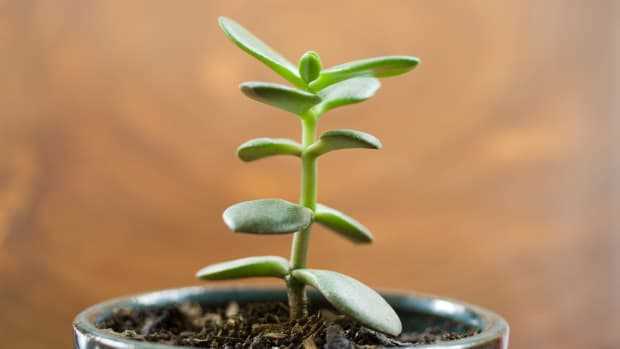
Verbeinum plants benefit from regular fertilization to promote healthy growth and vibrant blooming. Here are some fertilization techniques to consider:
- Apply a balanced, slow-release fertilizer during the spring to provide essential nutrients to the plants.
- Besides the initial spring feeding, follow up with additional fertilizer applications every 4-6 weeks throughout the growing season.
- Choose a fertilizer with a higher ratio of phosphorus (P) to promote flowering and blooming.
- Follow the instructions on the fertilizer packaging for the correct application rate and method.
- Avoid over-fertilizing, as this can lead to excessive foliage growth and reduce the number of flowers.
Additional Tips
Here are some additional tips to maximize the effectiveness of your watering and fertilization techniques:
- Monitor the moisture levels of the soil regularly, using your finger or a moisture meter.
- Adjust the watering frequency and amount based on the weather conditions, plant size, and soil type.
- Consider mulching around the base of the plants to help retain moisture and suppress weed growth.
- Regularly inspect the plants for signs of stress, such as wilting or yellowing leaves, and adjust your watering and fertilization practices accordingly.
By implementing these watering and fertilization techniques, you can ensure that your Verbeinum plants receive the necessary care to thrive and enhance the beauty of your garden.
Common Pests and Diseases Affecting Verbeinum and How to Deal with Them
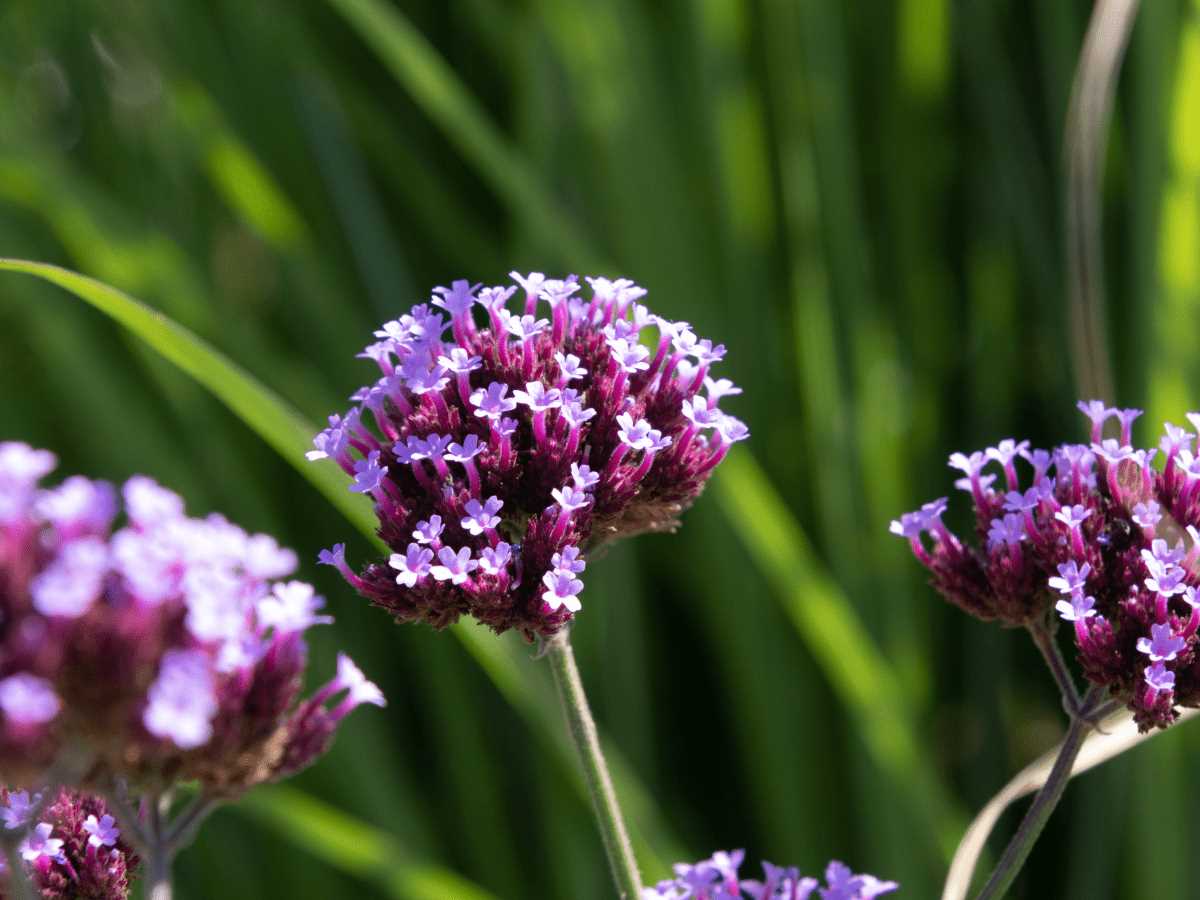
Pests
Verbeinum plants are susceptible to various pests that can cause damage to the foliage and overall health of the plant. Some common pests that may affect Verbeinum include:
- Aphids: These small insects can be found on the undersides of leaves and suck sap from the plant, causing leaves to curl and distort. Use insecticidal soap or neem oil to control aphids.
- Scale insects: These pests appear as small, raised bumps on the stems and leaves. They can be controlled by manually removing them or using horticultural oil.
- Caterpillars: Certain caterpillar species, such as the Verbeinum budworm, can feed on Verbeinum leaves and buds. Handpick or use an organic caterpillar control product to manage these pests.
- Spider mites: These tiny pests cause yellowing and stippling of leaves. Regularly misting the plant and using insecticidal soap can help control spider mites.
Diseases
Verbeinum plants can also be affected by diseases that can weaken or even kill them. Some common diseases that may affect Verbeinum include:
- Powdery mildew: This fungal disease appears as a white powdery coating on the leaves. Remove affected leaves and use a fungicide to control powdery mildew.
- Leaf spot: Leaf spots appear as dark brown or black spots on the leaves. Remove affected leaves and improve air circulation around the plant to prevent leaf spot.
- Root rot: Overwatering or poorly drained soil can lead to root rot, which causes the roots to rot and the plant to wilt. Improve soil drainage and reduce watering to prevent root rot.
- Anthracnose: This fungal disease causes dark irregular lesions on the stems and leaves. Remove affected plant parts and use a copper-based fungicide to control anthracnose.
Preventive Measures
To prevent pests and diseases from affecting your Verbeinum plants, follow these preventive measures:
- Ensure proper plant spacing to allow for good airflow.
- Maintain a clean garden by removing weeds and debris that can harbor pests and diseases.
- Regularly inspect your Verbeinum plants for signs of pests or diseases and take appropriate action at the first sign of infestation.
- Avoid overwatering and apply water directly to the soil rather than wetting the foliage.
- Consider applying a layer of mulch around the base of the plants to conserve moisture and prevent soil-borne diseases.
- Rotate crops if possible to prevent the buildup of pests and diseases in the soil.
By following these tips and taking prompt action when pests or diseases are detected, you can keep your Verbeinum plants healthy and thriving in your garden.
Different Propagation Techniques for Verbeinum: Seeds, Cuttings, and Division
Verbeinum is a beautiful flowering plant that can be propagated through different techniques to create new plants. These techniques include seed propagation, stem cuttings, and division.
Seeds
One of the most common propagation techniques for Verbeinum is through seeds. To propagate Verbeinum from seeds, follow these steps:
- Collect ripe seeds from mature Verbeinum plants.
- Prepare a seed tray or small pots with well-draining soil.
- Moisten the soil before sowing the seeds.
- Sow the seeds on the soil surface and cover lightly with a thin layer of soil.
- Place the tray or pots in a warm and well-lit area, such as a greenhouse or sunny window sill.
- Keep the soil moist but not waterlogged.
- After a few weeks, the seeds will germinate, and you can transplant the seedlings to their permanent location in the garden.
Cuttings
Verbeinum can also be propagated through stem cuttings. Follow these steps to propagate Verbeinum from cuttings:
- Select healthy stems from mature Verbeinum plants.
- Cut the stems at a 45-degree angle, just below a node.
- Remove the lower leaves from the stem, leaving only a few at the top.
- Dip the cut end of the stem in a rooting hormone to promote root growth.
- Plant the cutting in a well-draining soil mix or a pot filled with a rooting medium.
- Keep the soil moist and place the cutting in a warm and well-lit area.
- After a few weeks, the cutting will develop roots, and you can transplant it to its permanent location in the garden.
Division
Division is another propagation technique that can be used for Verbeinum. Follow these steps to divide Verbeinum plants:
- Select a mature Verbeinum plant that has multiple stems or clumps.
- Dig out the entire plant, taking care not to damage the roots.
- Divide the plant into smaller sections, ensuring that each section has roots and stems.
- Replant the divided sections in well-draining soil, spacing them apart according to their mature size.
- Water the divided sections thoroughly and keep the soil moist until they are established.
By using these different propagation techniques, you can easily propagate Verbeinum and enjoy its beauty in your garden.
Steps to Successfully Propagate Verbeinum from Seeds
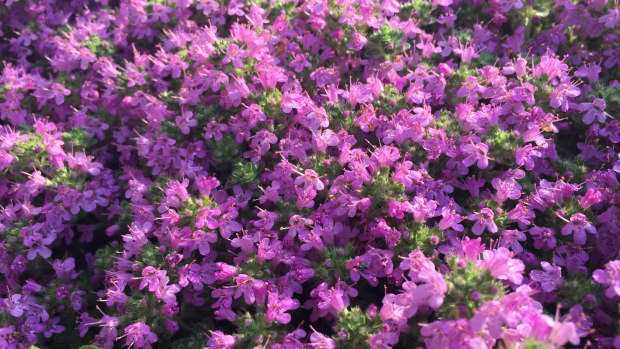
Verbeinum is a beautiful flowering plant that can be easily propagated from seeds. Here are the steps to successfully propagate Verbeinum from seeds:
- Collecting Seeds: To propagate Verbeinum from seeds, start by collecting the seeds from a mature, healthy plant. Look for ripe seed pods or dried flowers.
- Preparing the Soil: Prepare a well-draining soil mixture by combining equal parts of potting soil, perlite, and sand. Fill a seed tray or small pots with the soil mixture.
- Sowing the Seeds: Sprinkle the Verbeinum seeds evenly over the soil surface. Press them gently into the soil, but do not cover them with soil as they require light to germinate.
- Watering: Moisten the soil surface gently using a spray bottle or a gentle stream of water. Be careful not to disturb the seeds.
- Germination: Place the seed tray or pots in a warm location with indirect light. Verbeinum seeds usually germinate within 2-3 weeks.
- Transplanting: Once the seedlings have grown several sets of leaves, they can be transplanted into individual pots or directly into the garden. Choose a location with full sun and well-drained soil.
- Care: Keep the newly transplanted Verbeinum seedlings well-watered and provide them with regular fertilization. Protect them from extreme temperatures and pests.
By following these steps, you can successfully propagate Verbeinum from seeds and enjoy the beauty of this flowering plant in your garden.
How to Take Cuttings and Propagate Verbeinum from Stem Cuttings
Propagating Verbeinum from stem cuttings is a relatively simple and effective method to increase your plant collection. Here are the steps to successfully take cuttings and propagate Verbeinum:
Materials Needed:
- Sharp pruners or scissors
- Rooting hormone
- Small pots or trays
- Potting soil or propagating mix
- Misting bottle
Step 1: Preparation
Choose healthy Verbeinum plants with strong stems for taking cuttings. Make sure the plant is in good condition, free from diseases or pest infestations.
Step 2: Cutting
Using sharp pruners or scissors, cut a 4-6 inch (10-15 cm) stem from the parent plant. Make the cut just below a leaf node, where a leaf is attached to the stem.
Step 3: Remove Lower Leaves
Carefully remove the lower leaves from the stem, leaving only 2-3 sets of leaves at the top. This will help reduce water loss and encourage root growth.
Step 4: Apply Rooting Hormone
Dip the cut end of the stem into a rooting hormone to promote rooting. Be sure to follow the instructions on the rooting hormone packaging for proper application.
Step 5: Potting the Cutting
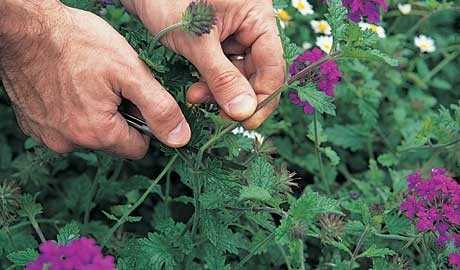
Fill small pots or trays with potting soil or propagating mix. Make a small hole in the soil with a pencil or your finger and gently insert the cut end of the stem into the hole. Firmly press the soil around the stem to hold it in place.
Step 6: Misting
Mist the cuttings with water using a misting bottle to provide humidity and moisture. Keep the soil evenly moist during the rooting process, but avoid overwatering, as excessive moisture can cause the cuttings to rot.
Step 7: Provide Proper Conditions
Place the pots or trays in a warm, bright location with indirect sunlight. Avoid direct sunlight, as it can scorch the cuttings. Maintain a temperature of around 70-75°F (21-24°C) for optimal root development.
Step 8: Monitor and Care
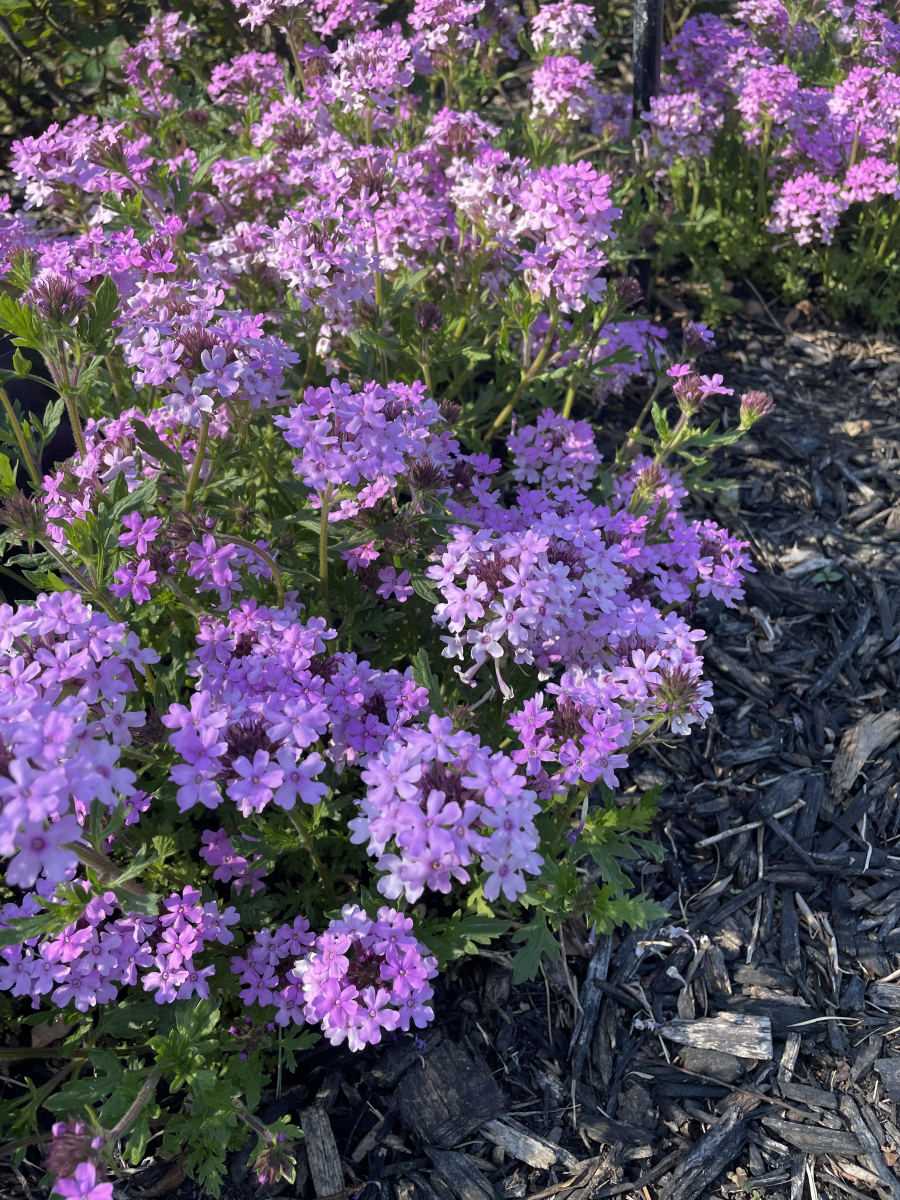
Check the cuttings regularly to ensure they are not drying out. Mist them with water as needed to maintain humidity. Avoid touching or disturbing the cuttings during the rooting process.
Step 9: Root Development
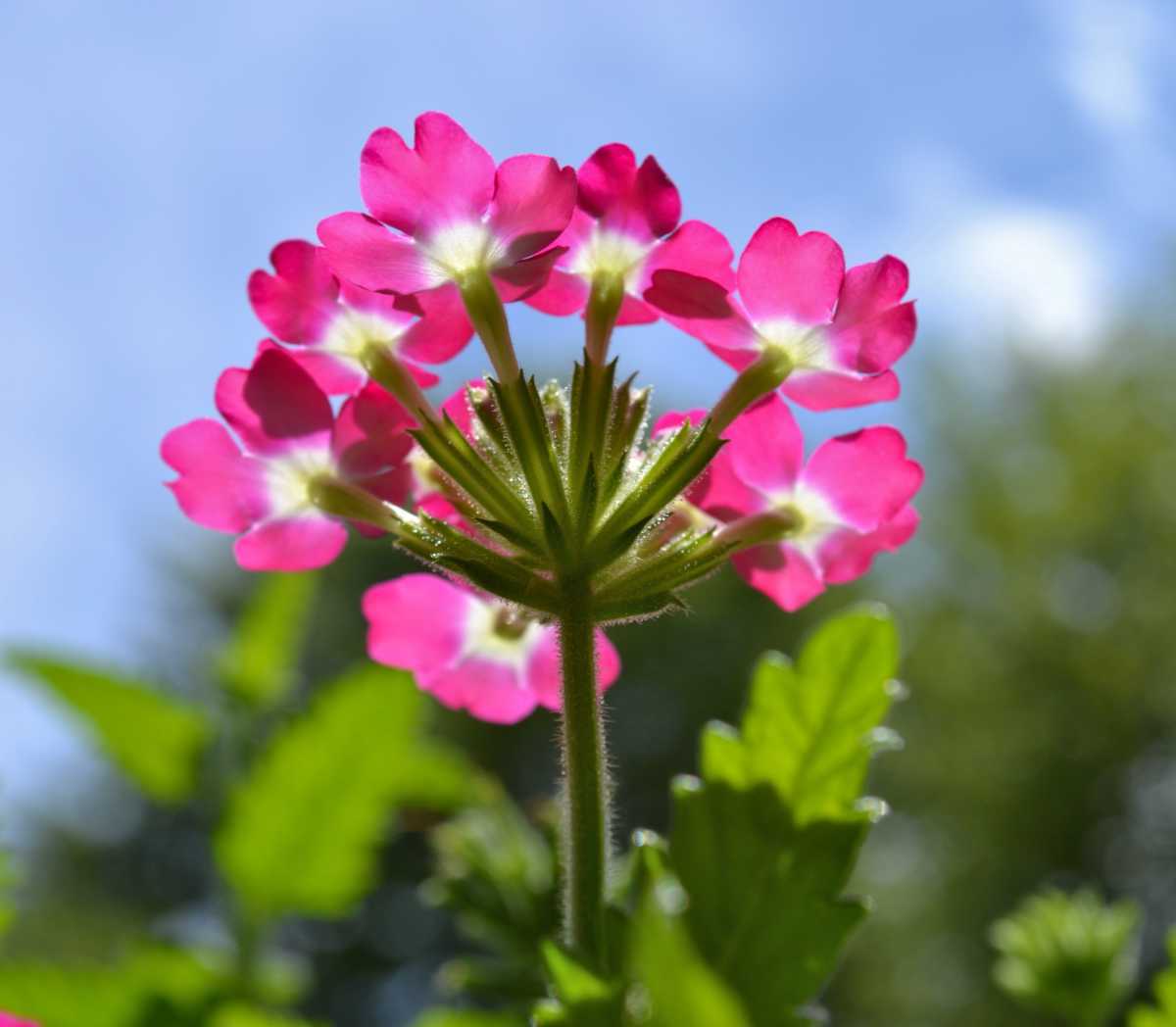
After a few weeks, gently tug on the cuttings to check for resistance, indicating root development. Once the cuttings have developed a sufficient root system, they can be potted up into individual containers.
By following these steps, you can successfully take cuttings and propagate Verbeinum from stem cuttings, allowing you to expand your garden with more beautiful Verbeinum plants.
Popular Species and Varieties of Verbeinum for Your Garden
1. Verbeinum bonariense
Verbeinum bonariense, also known as tall verbena or purpletop vervain, is a popular species that adds vertical interest to a garden. It features tall, slender stems topped with clusters of small, purple flowers. This species is also a favorite of butterflies and bees, making it a great addition to pollinator gardens.
2. Verbeinum canadense
Verbeinum canadense, commonly known as American verbena or Canadian vervain, is a versatile species that can thrive in a variety of growing conditions. It produces dense clusters of tiny, white or pale lavender flowers, attracting butterflies and hummingbirds to the garden. This species is also tolerant of wet soil, making it a good choice for gardens with poor drainage.
3. Verbeinum x hybrida
Verbeinum x hybrida, also called hybrid vervain or garden verbena, is a popular cultivated variety known for its extensive range of colors. It comes in shades of purple, pink, red, and white. Hybrid vervain is a low-growing plant that works well as a groundcover or edging plant in garden borders. It is also known for its long blooming period, from spring to fall.
4. Verbeinum hastatum
Verbeinum hastatum, commonly known as arrowleaf vervain or swamp verbena, is a native species that prefers moist or wet soil conditions. It is characterized by its arrow-shaped leaves and spikes of lavender-blue flowers. Arrowleaf vervain is a great choice for rain gardens or other areas with regular water availability.
5. Verbeinum litorale
Verbeinum litorale, also known as seaside verbena or coast vervain, is a coastal species that is well-adapted to sandy or rocky environments. It produces clusters of small, pink or purple flowers that attract butterflies and other pollinators. Seaside verbena is a tough, drought-tolerant plant that can withstand salt spray, making it a good choice for coastal gardens.
| Species | Common Name(s) | Characteristics | Preferred Growing Conditions |
|---|---|---|---|
| Verbeinum bonariense | Tall verbena, purpletop vervain | Tall stems, small purple flowers | Sun or partial shade, well-drained soil |
| Verbeinum canadense | American verbena, Canadian vervain | Dense clusters of white or pale lavender flowers | Sun to part shade, moist to wet soil |
| Verbeinum x hybrida | Hybrid vervain, garden verbena | Wide range of colors, low-growing habit | Sun, well-drained soil |
| Verbeinum hastatum | Arrowleaf vervain, swamp verbena | Arrow-shaped leaves, lavender-blue flowers | Moist to wet soil |
| Verbeinum litorale | Seaside verbena, coast vervain | Small pink or purple flowers, salt-tolerant | Full sun, well-drained soil |
In conclusion, Verbeinum offers a wide range of species and varieties to choose from, each with its own unique characteristics. Whether you’re looking for a tall, vertical plant, a groundcover, or a coastal option, there is a Verbeinum species or variety that will thrive in your garden. Consider the growing conditions and preferred habitat of each species to select the best option for your garden.
Questions and Answers:
What is Verbeinum?
Verbeinum, also known as Verbena, is a genus of flowering plants that belong to the family Verbenaceae. It consists of various species and varieties that are popular among gardeners for their vibrant colors and easy-to-grow nature.
What are some popular species and varieties of Verbeinum?
Some popular species and varieties of Verbeinum include Verbena bonariensis, Verbena rigida, and Verbena canadensis. These plants are loved for their attractive flowers and ability to attract butterflies and pollinators.
How can Verbeinum be propagated?
Verbeinum can be easily propagated through stem cuttings. Simply select a healthy stem, remove the lower leaves, and place it in a well-draining potting mix. Keep the cutting moist and in a warm, bright location until roots develop.
What are some tips for growing Verbeinum in the garden?
To successfully grow Verbeinum in your garden, make sure to plant it in well-draining soil that receives full sun or partial shade. Water the plants regularly, especially during dry spells, and provide support for taller varieties to prevent them from flopping over.
Can Verbeinum be grown in containers?
Yes, Verbeinum can be grown in containers as long as they have proper drainage and are placed in a sunny location. Use a high-quality potting mix and water the plants regularly to ensure they thrive in containers.
Do Verbeinum plants require any special care?
Verbeinum plants are relatively low-maintenance, but they do benefit from regular deadheading to promote continuous blooming. Additionally, some varieties may benefit from occasional pruning to maintain their shape and prevent them from becoming leggy.
Are Verbeinum plants deer-resistant?
Some varieties of Verbeinum are known to be deer-resistant due to their strong scent and sometimes bitter taste. However, it is important to note that deer preferences may vary, and in times of food scarcity, they may still nibble on these plants.







